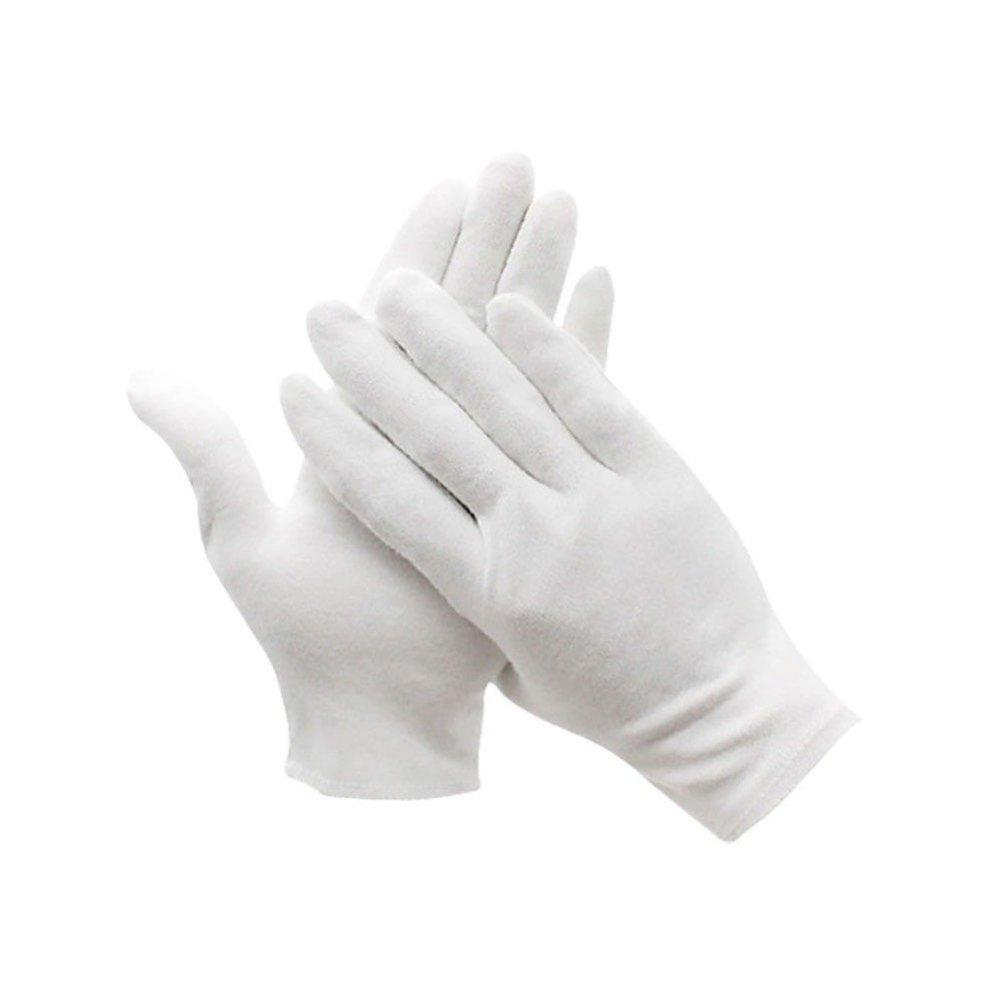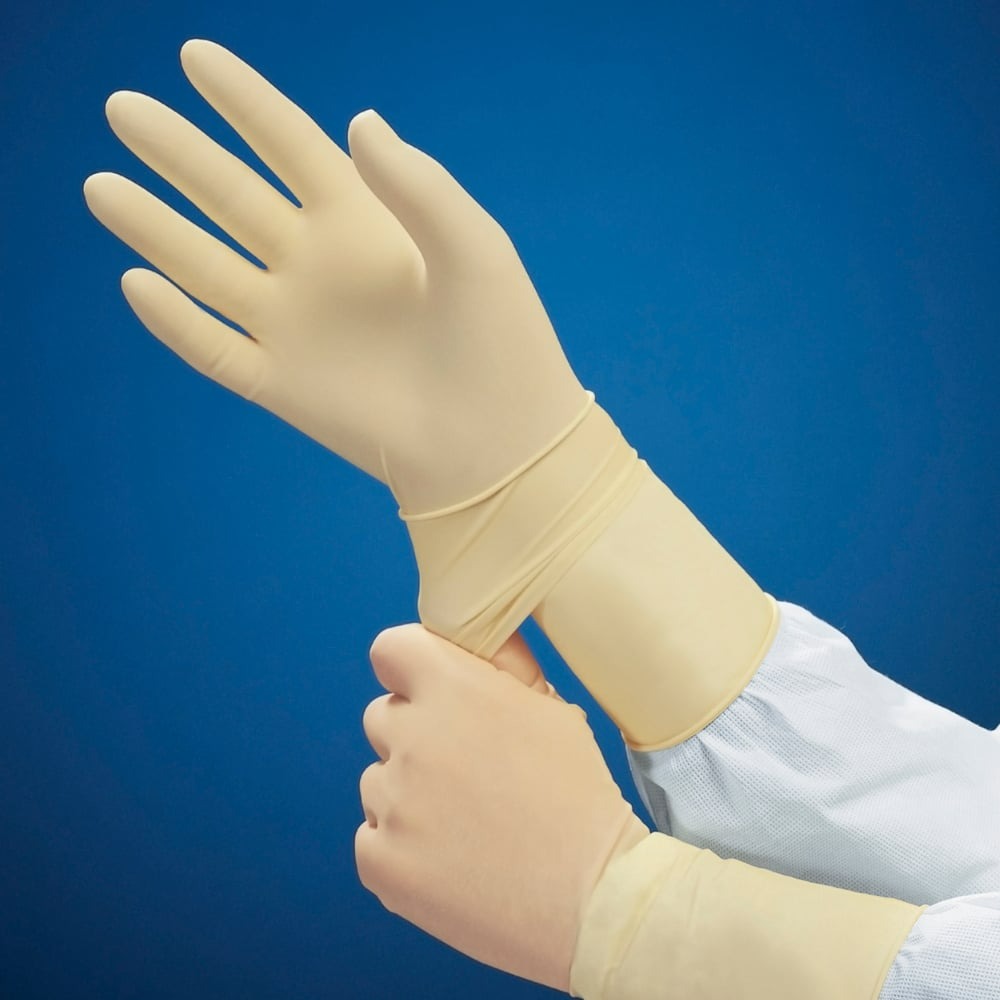Using single-use gloves has become a standard practice in various fields including healthcare, food services, and even at home during specific tasks. Their primary function is to reduce the risk of cross-contamination and to provide a barrier between contaminants and bare skin. However, gloves are not a one-size-fits-all solution, and knowing when to change them is crucial for maintaining safety and hygiene. This comprehensive guide explores the key signs indicating when you must change single-use gloves, ensuring that you remain protected and reduce the risk of infection or contamination.
Understanding the Purpose of Single-Use Gloves
Single-use gloves serve a fundamental purpose across various industries. In healthcare settings, they protect healthcare professionals and patients from pathogens. In food service, they help in maintaining food safety standards by preventing the transfer of bacteria from hands to food. Even in domestic environments, they assist in tasks like cleaning or gardening, protecting hands from harmful substances.
However, gloves are not infallible. They can become compromised due to various factors, including tears, punctures, and contamination. It’s not enough to simply put on a pair of gloves and forget about them; awareness of specific signs that warrant changing your gloves is essential to maintain optimal safety standards. So, when must you change single use gloves?

Early Indicators: Visual and Physical Signs
One of the most obvious signs indicating you must change single-use gloves is visible damage to the gloves. Small tears, punctures, or any visible wear can drastically reduce their effectiveness. Inspect your gloves regularly, especially when performing tasks that involve sharp objects or abrasive materials. A study published in the Journal of the American Medical Association indicated that the integrity of glove material decreases significantly after exposure to certain chemicals or harsh cleaning agents.
Should you notice any signs of physical damage on your gloves, remove them immediately. Similarly, if you feel any discomfort while wearing the gloves, such as tightness or slipping, it indicates a sizing issue, potentially increasing the risk of developing tears. In such instances, changing the gloves is not only appropriate but imperative. Ignoring these issues not only diminishes the protective barrier they provide but also raises the risk of cross-contamination between tasks and surfaces.
Moreover, an essential aspect of the early indicators includes changes in the color or texture of the glove material. If your gloves start to discolor or exhibit any unusual texture shifts, such as becoming sticky or brittle, these alterations signal that it’s time for a change. Substantial changes in texture can affect grip and dexterity, rendering the gloves ineffective for their intended tasks.
Contaminated Surfaces: Key Triggers for Change
Switching gloves becomes essential when working with contaminated surfaces. For example, if you are handling raw meat or unwashed vegetables, your gloves are likely to become contaminated. Even a brief touch can transfer bacteria to the surface of the gloves; thus, switching to a fresh pair secures food safety. The Centers for Disease Control and Prevention (CDC) offers guidelines on food safety that stress the critical importance of changing gloves during food preparation tasks to prevent cross-contamination.
In clinical settings, the risk escalates, as healthcare professionals often deal with bodily fluids, contaminated equipment, and other potentially infectious materials. An accidental touch of contaminated surfaces or instruments requires immediate glove change to maintain sterility. In these cases, it is essential always to have a plan in place for regular glove changes, especially during prolonged tasks. Relying on your instincts may not provide adequate safety measures; following a strict protocol helps fortify your safety standards.
When engaged in cleaning tasks involving harsh chemicals or disinfectants, always change your gloves after touching a contaminated area and before starting fresh tasks, even if you believe the contamination is minimal. Continuously using the same gloves across various cleaning tasks compounds the risk of spreading pathogens.

Duration of Use: The Clock is Ticking
The length of time you wear single-use gloves also plays a crucial role in determining their effectiveness. Prolonged wear leads to the degradation of the material, increasing the likelihood of rips and tears, as well as the accumulation of moisture inside the gloves, fostering bacterial growth. The CDC recommends not exceeding 30 minutes to one hour of glove wear, particularly in healthcare settings.
If you find yourself wearing gloves for an extended period, be mindful of the task at hand. Every time you remove your gloves to take care of a non-sterile task—such as grabbing a pen or adjusting your equipment—you increase contamination risks. In these scenarios, changing gloves becomes necessary not just to maintain hygiene but also to prevent the spread of pathogens.
Don’t underestimate the impact of sweat and moisture. Wearing gloves traps heat and perspiration, creating a perfect breeding ground for bacteria. If you notice any discomfort due to moisture buildup or if your gloves feel damp, it’s time for a change. The longer your gloves stay on, the higher the risk of inadvertently transferring harmful substances to clean surfaces or items.
Transitioning Between Tasks: The Importance of Switching
Transitioning between different tasks necessitates changing gloves, regardless of the task’s perceived cleanliness. For example, after handling raw food, you must change your gloves before touching anything ready for consumption. This guideline extends beyond just food preparation; any instance where you switch from a potentially hazardous task to a cleaner one requires a glove change.
When working in healthcare, switching from treating one patient to another involves more than just changing your gloves; it requires an entire hygiene protocol to follow. The CDC recommends changing gloves between patients to minimize cross-contamination risks. This rule applies to any healthcare professional, including nurses, doctors, and support staff, emphasizing the necessity of vigilance at all stages of patient care.
Similarly, when cleaning, if you switch tasks—such as moving from the kitchen to the bathroom—you should change your gloves. By adopting a consistent approach to glove changes during task transitions, you can drastically decrease the risk of transferring contaminants, ensuring that the surfaces you clean remain as safe as possible.

Understanding the Role of Contaminants: Chemicals and Pathogens
In professional settings, understanding the importance of changing gloves when dealing with specific contaminants is crucial. Some chemicals can degrade glove material, leading to micro-tears that compromise their integrity. For instance, if you come into contact with cleaning agents or solvents, recognize the need for immediate glove changes.
Furthermore, some pathogens may have the ability to penetrate even the most robust glove materials over time. Certain strains of bacteria or viruses can transfer from contaminated surfaces through prolonged glove wear. Therefore, even when gloves appear to be intact, changing them after contact with strong chemicals or potentially infectious materials is vital.
Understanding the type of contaminants you’re dealing with can better equip you to make informed decisions concerning glove changes. If you know you’re handling particularly hazardous materials or working in an environment where pathogens thrive, maintaining the tireless campaign against contamination means changing gloves frequently.
Training and Protocols: Establishing Best Practices
In any professional or institutional setting, established protocols surrounding glove usage and changes enhance compliance and hygiene. Organizations should prioritize training employees on the proper usage of gloves, the signs indicating when to change them, and why these changes matter. Consistent training sessions empower individuals to adhere to set guidelines, thus minimizing the risk of contamination.
Create a culture of safety where employees feel empowered to monitor their glove conditions and make timely changes. Having designated stations for glove disposal and replacements can help reinforce these training efforts, encouraging robust hygiene practices. Regular audits can ensure compliance with glove protocols, establishing a continual focus on safety.
Moreover, consider introducing checklists that detail when and why to change gloves. Checklists can serve as reminders, especially in high-paced environments where the risks of cross-contamination can be high. However, empowering employees with knowledge will motivate them to take their safety into their own hands and become vigilant about hygiene standards.
Conclusion: Prioritizing Safety through Vigilance
Understanding the signs that indicate when you must change single-use gloves is more than just good practice; it is integral to maintaining hygiene and safety in any environment where gloves are utilized. Visible damage, contamination with potentially hazardous materials, prolonged wear, and transitions between tasks all serve as reminders of the need for diligence in glove management.
By adopting and promoting best practices, and understanding the need for glove changes, individuals can safeguard themselves and others from the perils of cross-contamination. An investment in health and safety emphasizes a commitment to upholding hygiene standards that not only protects individuals but also the larger community. The next time you put on your gloves, remember that vigilance is key. Stay aware, stay safe, and don’t hesitate to change your gloves when necessary.